3D LabPrint Hawker Sea-Fury FB 11 User manual
Other 3D LabPrint Toy manuals
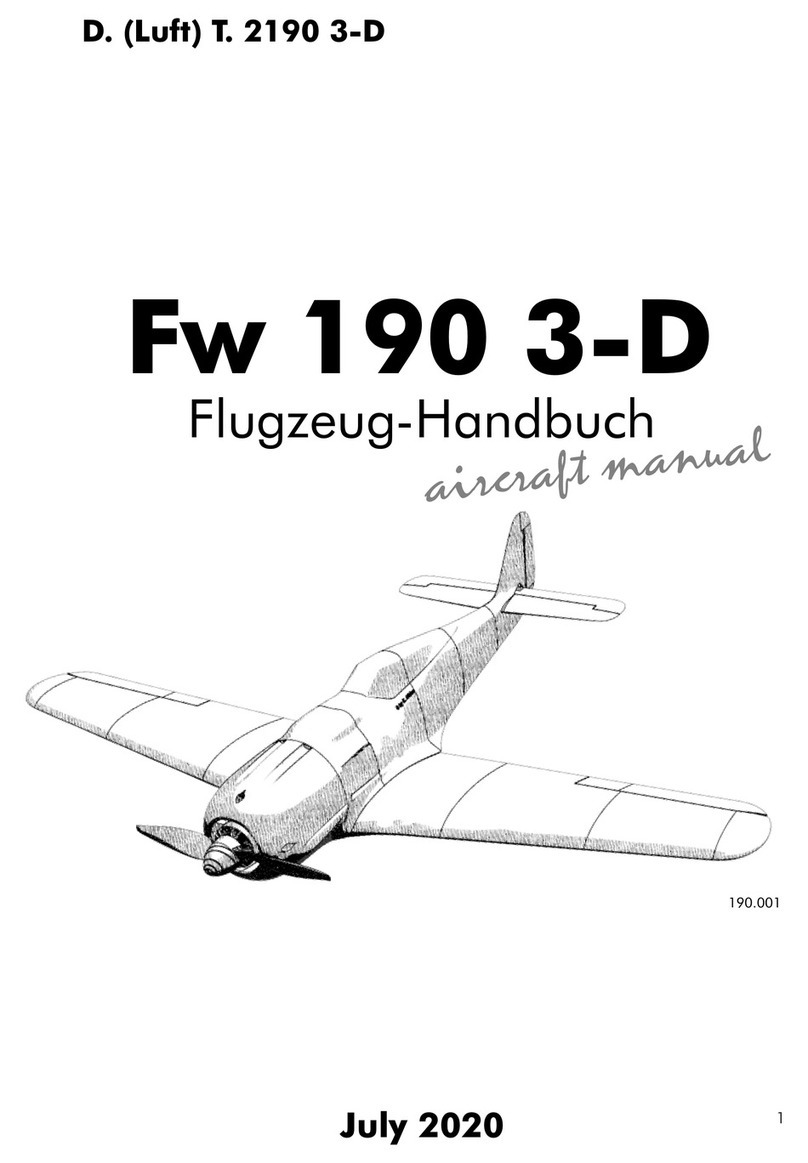
3D LabPrint
3D LabPrint Fw 190 3-D User manual
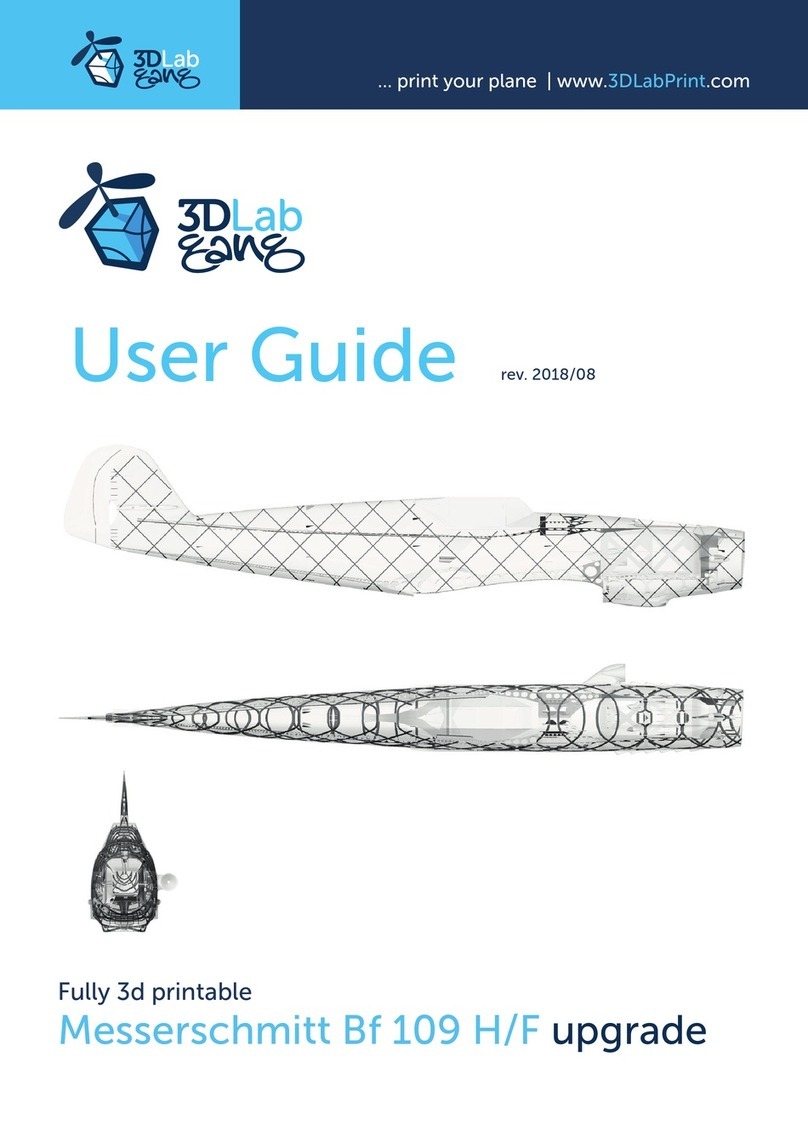
3D LabPrint
3D LabPrint Messerschmitt Bf 109 H/F User manual
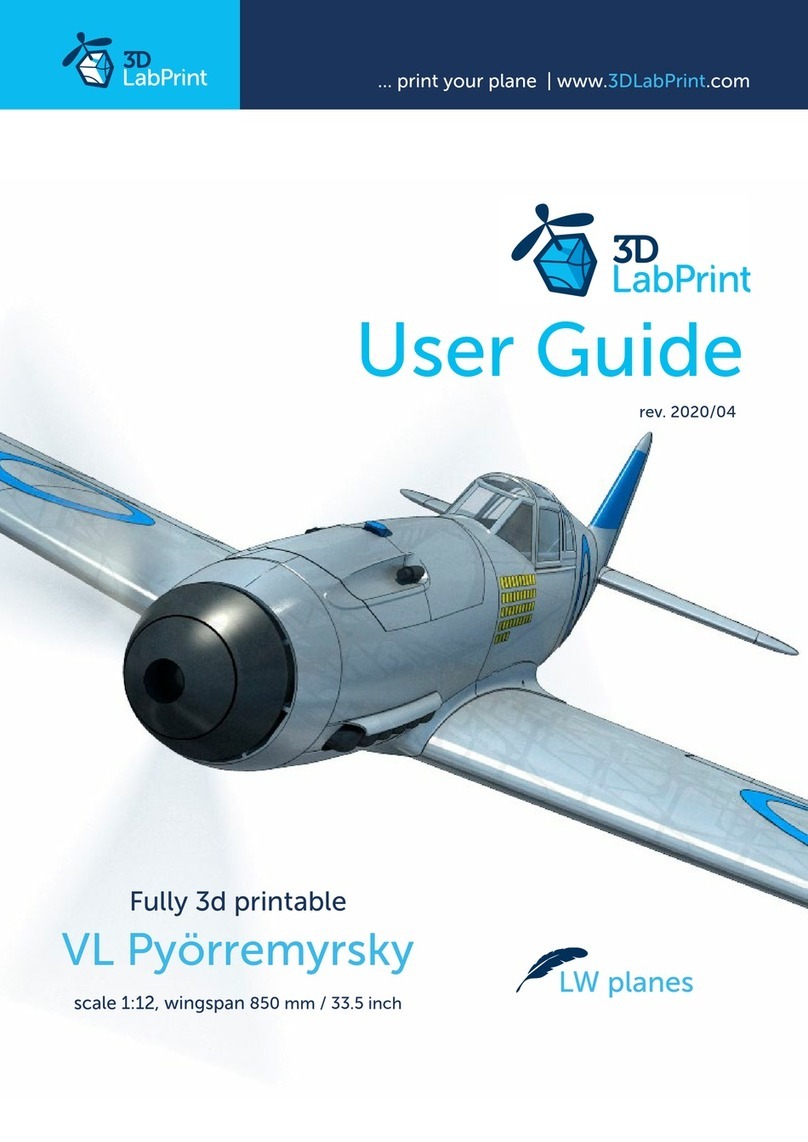
3D LabPrint
3D LabPrint LW Planes Series User manual
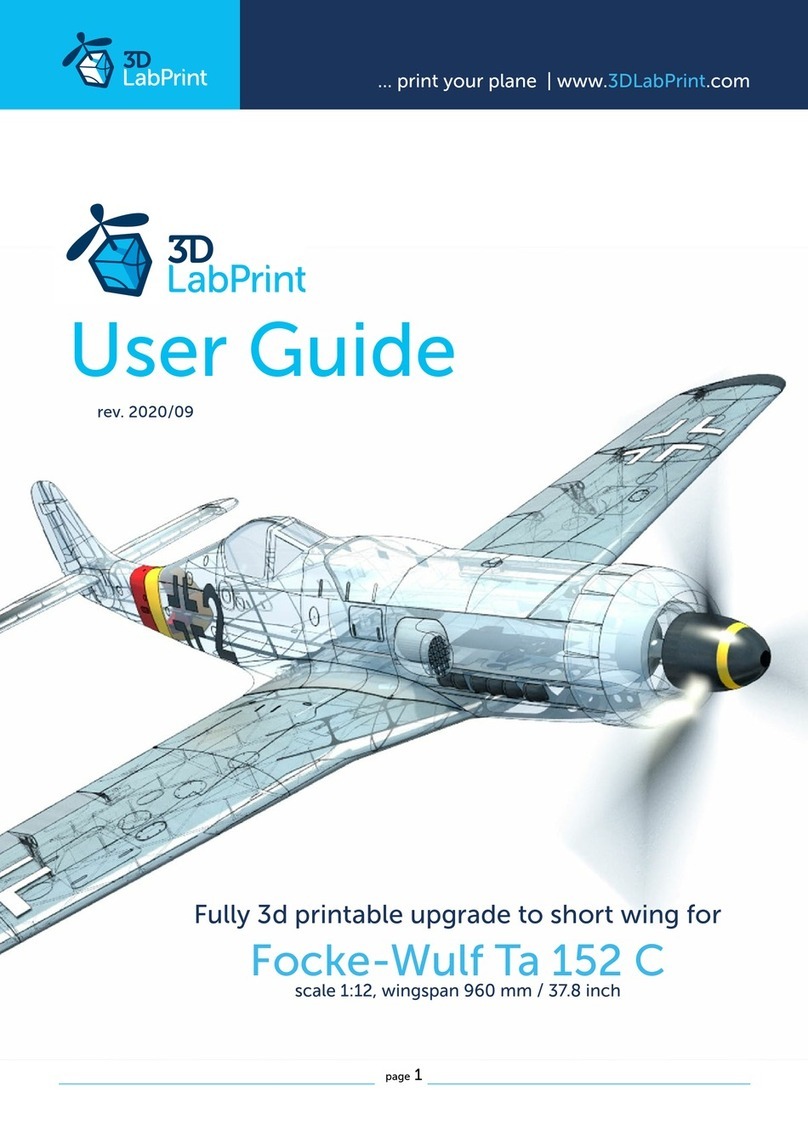
3D LabPrint
3D LabPrint Focke-Wulf Ta 152 C User manual

3D LabPrint
3D LabPrint North American B-25J Mitchell User manual
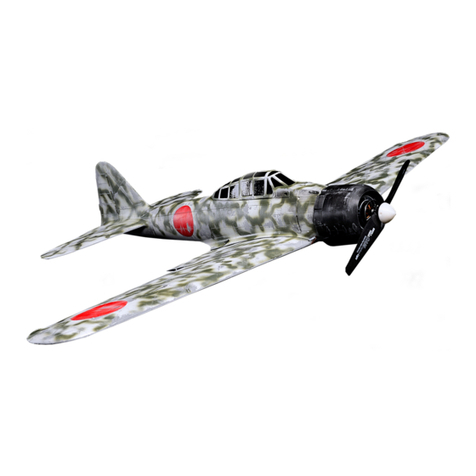
3D LabPrint
3D LabPrint Mitsubishi A6M2 Zero User manual
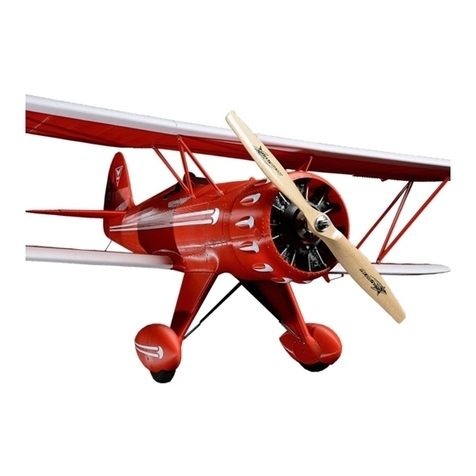
3D LabPrint
3D LabPrint WACO YMF-5 User manual
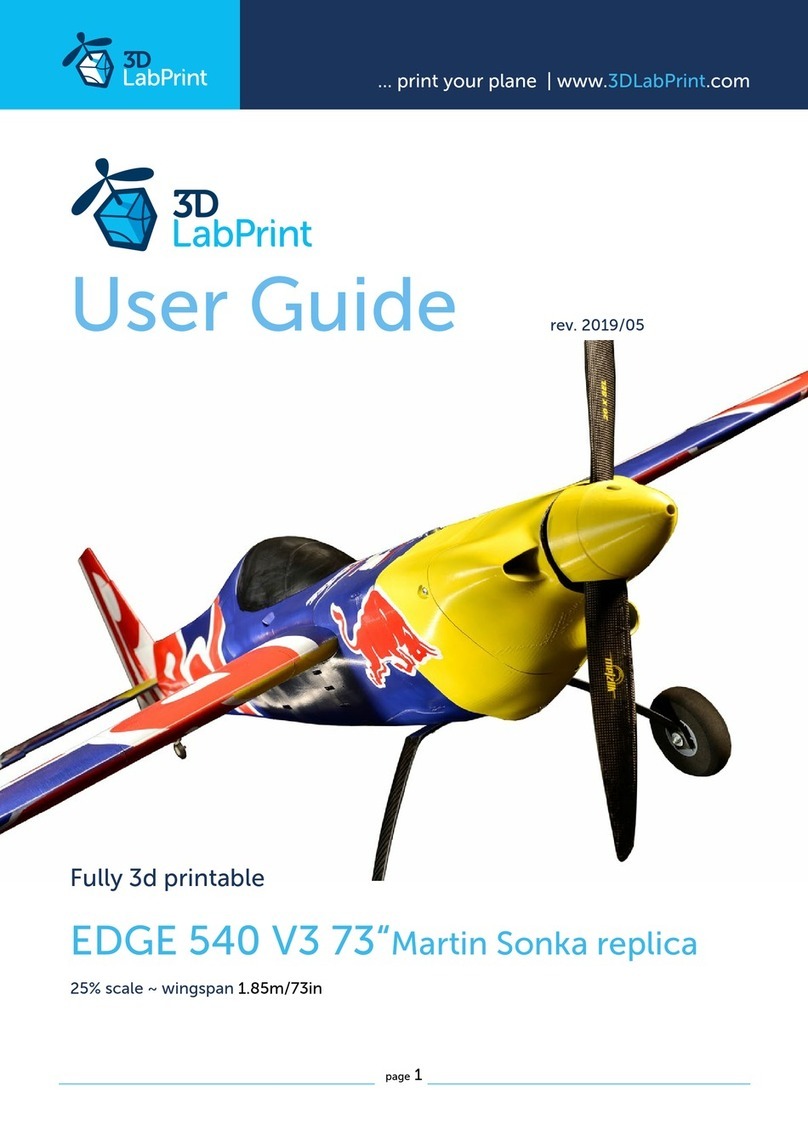
3D LabPrint
3D LabPrint Zivko EDGE 540v3 User manual
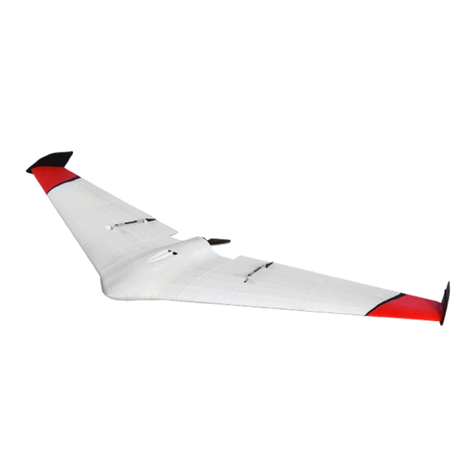
3D LabPrint
3D LabPrint Avion Airplanes Duck User manual

3D LabPrint
3D LabPrint Piper J-3 Cub User manual
Popular Toy manuals by other brands

FUTABA
FUTABA GY470 instruction manual

LEGO
LEGO 41116 manual

Fisher-Price
Fisher-Price ColorMe Flowerz Bouquet Maker P9692 instruction sheet

Little Tikes
Little Tikes LITTLE HANDIWORKER 0920 Assembly instructions

Eduard
Eduard EF-2000 Two-seater exterior Assembly instructions

USA Trains
USA Trains EXTENDED VISION CABOOSE instructions





















